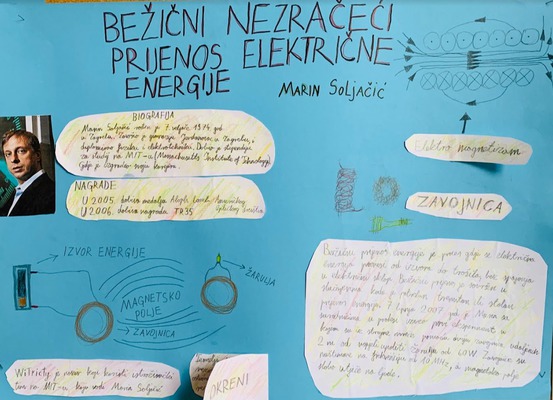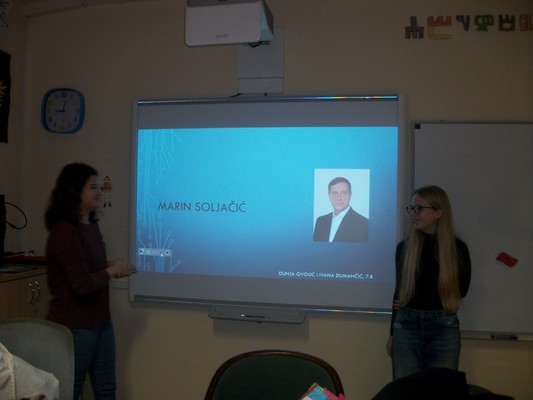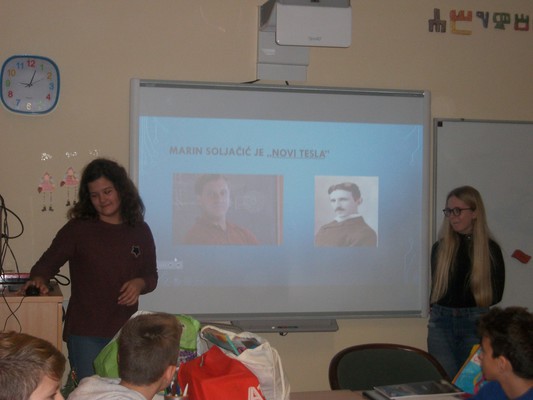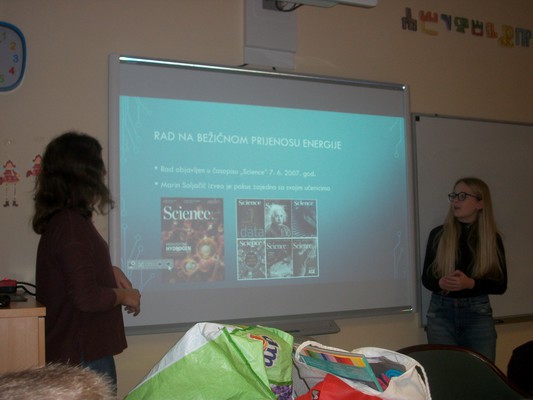A physicist and an inventor
As a boy growing up in Croatia, Marin Soljacic wanted to be an inventor. However he wasn’t interested only in designing new products; he wanted to discover physical phenomena that would enable completely new technologies.
More than a century ago, engineer and inventor Nikola Tesla proposed a global system of wireless transmission of electricity — or wireless power. But one key obstacle to realizing this ambitious vision has always been the inefficiency of transferring power over long distances.
Near the end of the last decade, however, a team of MIT researchers led by Professor of Physics Marin Soljacic took definitive steps toward more practical wireless charging. First, in 2007, the team wirelessly lit a 60-watt light bulb from eight feet away using two large copper coils, with similarly tuned resonant frequencies, that transferred energy from one to the other over the magnetic field. Then, in 2010, they shrunk the coils down and significantly increased the efficiency of the system, noting future applications in consumer products.
Now, this “wireless electricity” (or “WiTricity”) technology — licensed through the researchers’ startup, WiTricity Corp. — is coming to mobile devices, electric vehicles, and potentially a host of other applications.

OŠ "Pavao Belas", Croatia



Marin Soljačić.pptx